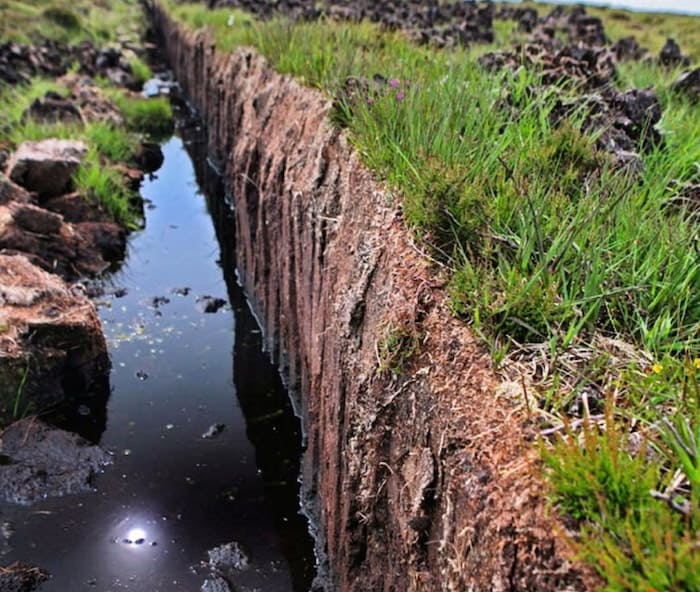Islay isn’t all that big—about 240 square miles—but the territory it occupies in the consciousness of Scotch aficionados is enormous. Few whiskies inspire the depth of feeling that Islay single malts do. They inspire feverish devotion, disgust, and some of the funniest pieces of spirits marketing I’ve ever seen. I once overheard somebody at a spirits conference say they planned to name their first child “Islay,” after “their favorite place in the world.”
Most of us know that Islay single malts are famous for their maritime peat character: smoky, saline, a little fishy, but in a nice way. But what is it about this small, windswept isle that has made it such a magnet for whisky distilleries? After all, Scotland has a lot of small, windswept places, few others of which impel people who have never, ever set foot on the place to proudly claim their own square foot of soil.
The origins of distilling on Islay are somewhat murky, but many seem to agree that it was one of the first areas in Scotland visited by Irish monks bearing the gift of distillation in the early 1400s. At the time, Islay was under the rule of Clan MacDonald, representatives of which had claimed the title of “Lord of the Isles” in the mid 1300s. The population was primarily agrarian, with numerous small landowners and farmers growing a range of crops, including barley. And, much like the farmers in pre-Revolutionary and early America, they found that distilling was an ideal way to preserve their crop in a compact, convenient format.

Islay had some other things going for it, too. It was relatively remote, which meant that the long arm of the taxman took longer to reach it than, say, the Lowlands. The Excise Act, which levied taxes on whiskies, was passed in 1644, but it’s said that the first gauger (tax assessor) visited Islay more than 150 years later, in 1797. Even when taxation became more prominent, illicit distilling was commonplace on rugged Islay, where smugglers stoked stills in rocky inlets and hidden glens.
At its peak, the island was home to 23 functional distilleries—that’s about one every ten square miles. Today, there are eight: Ardbeg, Bowmore (the oldest), Bruichladdich, Bunnahabhain, Caol Ila, Kilchoman, Lagavulin, and Laphroaig. It’s also the site of Port Ellen Malting, a commercial maltery located on the south end of the island. Once upon a time, of course, Port Ellen made whisky, too, and if you’re ever able to find it you’ll pay a pretty penny for the privilege of tasting that historic liquid.
Today, what makes Islay whisky so popular, I’d argue, is another geographic quirk: peatiness. Few other whiskies can match the unique flavors imparted by Islay’s maritime peat, and most of those in the ballpark (Talisker, Ledaig, Highland Park) come from other islands themselves. The peat used for fuel to dry barley on Islay is just different, made from centuries of accumulated seaweed and driftwood leavened by liberal bastings of salt spray. It’s utterly unique, and uniqueness is the one thing that whisky drinkers seem to have an unquenchable thirst for.
Ever wanted to visit Islay? Now’s your chance! We’re co-sponsoring a whisky-themed trip to Islay with Customized Journeys this summer, September 2-9. We’d love to have you along. Interested? Get the details here.



